
Oona Insurance eyes M&A to boost earnings
Stricter capital rules are pushing weaker players out of the Philippine market.
Oona Insurance Group Holdings is targeting mergers and acquisitions (M&A) in the Philippines to boost premium income by at least 30% this year, as the Singapore-based insurer looks to add value to its operations.
“We have capital ready to deploy, but the opportunity has to feel right,” Oona CEO Abhishek Bhatia told Insurance Asia. “If there's a strong strategic fit, we’ll move quickly,"
The company is aiming for annual net income growth of as much as 60%, he added.
Stricter capital requirements are pushing weaker players out of the market, creating opportunities for consolidation, he said.
“These regulatory efforts help maintain a healthy, sustainable insurance ecosystem, and they naturally lead to consolidation,"
Whilst Asia-Pacific insurance M&A activity fell 25% last year as firms focused on internal investments, a rebound is expected this year, led by renewed interest in the US, according to UK-based law firm Clyde & Co.
Oona operates PT Asuransi Bina Dana Arta Tbk in Indonesia and Oona Insular Insurance Corp. (OIIC) in the Philippines.
“I believe we’re approaching a period of consolidation in the Philippine insurance market, as well as in Indonesia,” Bhatia said via StreamYard.
In the Philippines, Oona plans to grow in retail segments such as health, travel, and overseas Filipino workers.
“We've seen the growth of travel, especially during the summer break,” Nicasio “Ninoy” Rollan III, CEO at Oona Philippines, said in the same interview. “Especially the young generation—they travel a lot,"
To expand its footprint, the insurer is pushing more agents to its Kahoona platform. Oona Philippines now has about 1,500 agents, making it one of the biggest general insurance agency networks in the country.
In the past two years, the company has developed a tech platform to support its multichannel strategy. “And if agents are starting to appreciate what we’re doing, that’s a good sign,” Rollan said.
The country’s general insurance market is projected to grow 11.6% annually from 2018 to 2027 to $3.7 billion (₱211 billion) in gross written premiums, according to GlobalData.
Bhatia sees the Philippines’ low insurance penetration—now under 2% of economic output—as a long-term growth opportunity. Mature Asian markets have penetration rates closer to 10%.
“Insurance is often viewed as an unnecessary expense,” he said. “But once people reach a level of relative affluence, they begin to see the value in protecting the assets they’ve built. That’s when insurance penetration tends to grow—not linearly, but exponentially. And the Philippines is right on the cusp of that shift,"
Rollan said digitalisation would be a major growth driver.
“Information will be widely available, and companies that are already adapting to this shift will be at the forefront," Rollan said.
Bhatia cited embedded insurance—bundled with purchases or financial services—as a key strategy to boost coverage. “We're already active in that space, working with partners like GCash, Palawan, and UnionBank. And we’re genuinely excited about the potential,” he said.
He also expects innovation in traditional segments such as property and crop insurance. “We’re going to see more parametric insurance models, where payouts are triggered automatically based on a verifiable event,” he added.






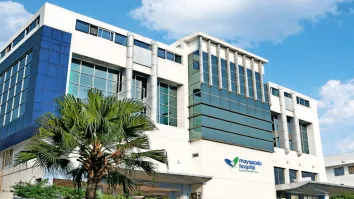
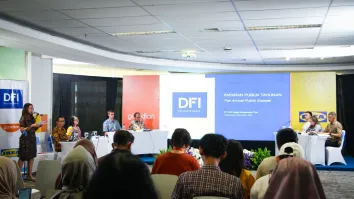



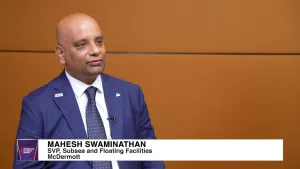

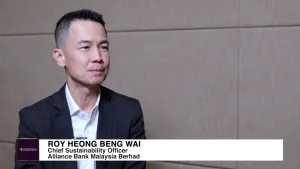


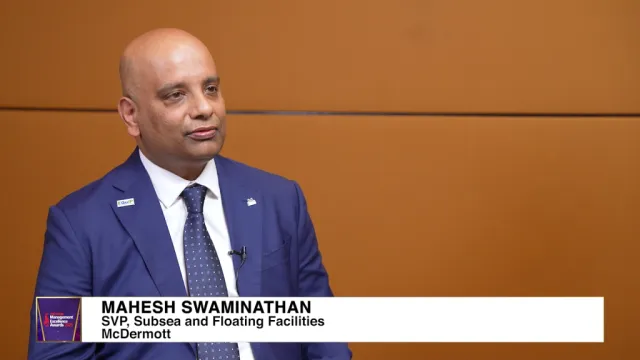
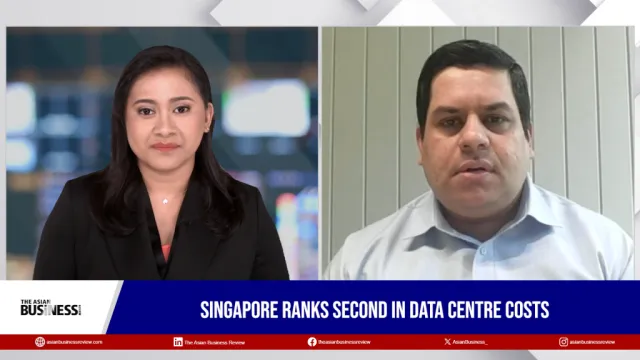

 Advertise
Advertise









